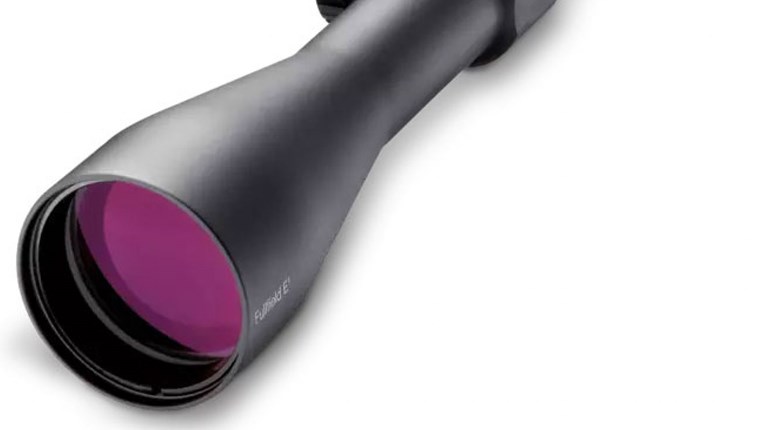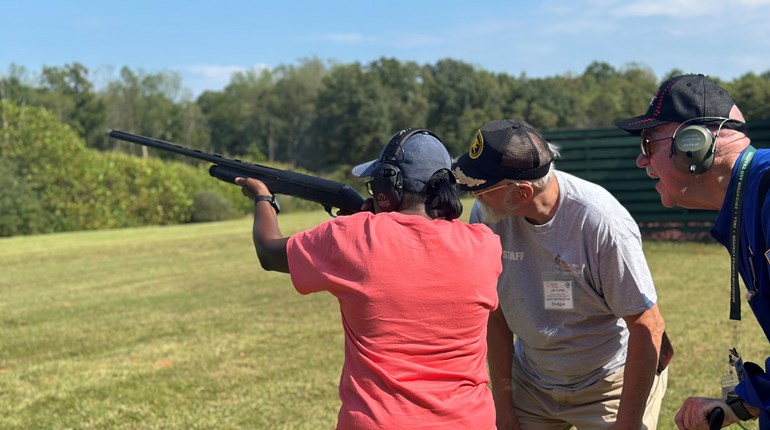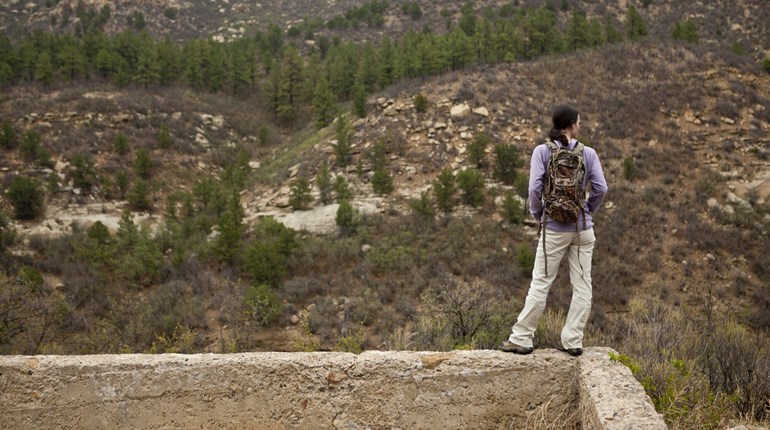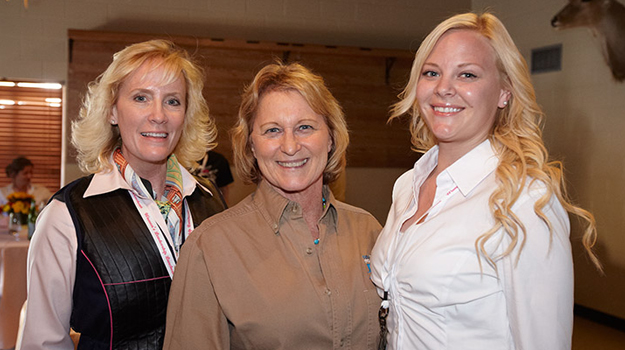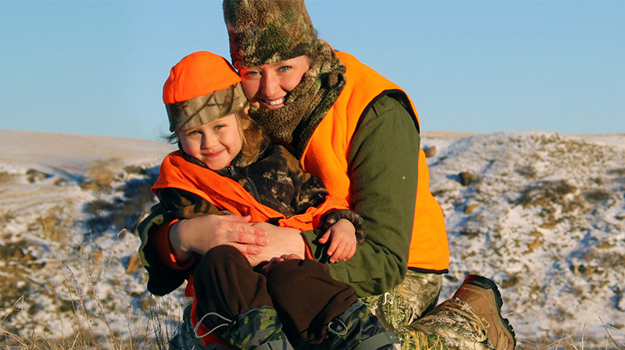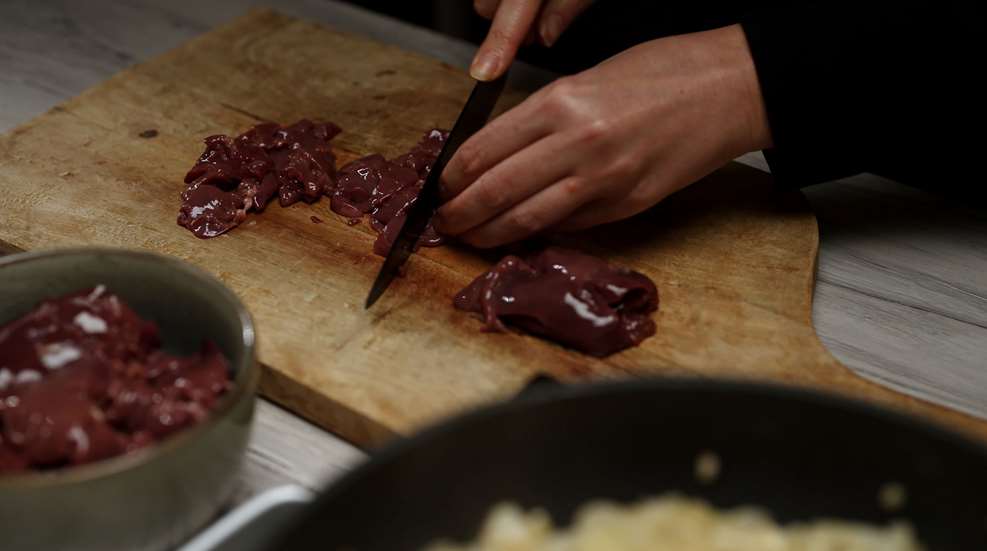
It’s a shame that “offal,” the word for an animal’s internal organs, is pronounced just like the word “awful.” Despite this unfortunate correlation, organ meat is not, in fact, awful, and if you haven’t been taking advantage of the organs from some of the game you hunt, you might want to consider saving them next time. But not all organs are safe to eat, and some require special care. What’s the deal with offal?
First, understand that while hunters have been eating organ meat from their deer and other wild game for millennia, many state game agencies recommend against it out of an abundance of caution, warning that organs such as the heart and liver could contain higher levels of lead (from the shot) or environmental pollutants and chemicals. This is a choice you have to make for yourself, but many hunters (myself included) feel comfortable eating organ meat.
Because they’re the most popular big game to hunt, we’ll focus mostly on ruminants like deer, elk and pronghorn (shown here), with some notes about other game animals at the end.

Deer Heart
Deer heart is the most commonly eaten organ—the heart is, after all, just another muscle. It’s full of folate, iron, zinc and other vitamins and has a unique texture and flavor. It does, however, require a little special care.
Cut off the fat and hard tissue from the top of the heart, then use a fillet knife to trim out the ventricles (it might be easier to do this if you slice the heart in half or butterfly it open). The heart also contains a number of thin heartstrings, which you’ll want to trim out. For this reason, it’s easiest to slice the heart up into strips for cooking in things like fajitas. Trim away anything that doesn’t look like clean muscle and you’ll be good to go. And like any other muscle-meat venison, don’t overcook it!
If you’d like to use the heart but the idea of eating it straight-up doesn’t appeal to you, you can also grind it or any of the other edible offal into your burger with the rest of your trim.
Deer Liver
Liver in general is super healthy, but consumption of deer liver is a little controversial. The liver is the body’s filter, and as such, it can pick up toxins and PFAs (“forever chemicals”), and it’s not very clear whether or not any of those pollutants actually stay in the liver long enough to matter. Even so, some regions of the country have issued do-not-eat advisories for deer livers for this reason. If you choose to eat liver, you’re advised to cook it thoroughly—which, unfortunately for those of us who aren’t huge fans, strengthens that strong livery flavor.
If you find the taste too strong, try soaking the liver (whole or in slices) in milk, buttermilk or salt water for a day or two. Consider breading your strips in flour and pan-frying in bacon grease or butter. You can serve them with sauteed onions or onion gravy for the classic liver-and-onion dish. Alternatively, try a recipe for turning the liver into pate.
Deer Kidneys
Yep, you can eat the kidneys, but they take some prep work. They’re covered in a membrane you need to peel off. After that, your best bet is to cut them up into cubes, discarding any hard white tissue you find in the middle. Soak the cubes in water or milk for a couple of days, swapping out for fresh liquid at least once. Don’t skip this step, or the kidneys are likely to taste like what they’ve been processing during the animal’s life: urine.
Try the cubes fried and scrambled into eggs, in a steak-and-kidney pie, or ground into your burger if you’re not into eating them by themselves.
Deer Tongue
The tongue is edible, if you like the texture and don’t mind a little extra effort. It’s covered in a hard skin, so simmer the tongue in water for a few hours to make the skin easier to peel off. Try chopping or slicing the meat and browning it in a hot pan with oil or lard, then seasoning for tacos. If this is your first time cooking tongue, I recommend finding a recipe (Hank Shaw has a great one here) rather than winging it.
Other Deer Parts: Testicles, Caul Fat, Intestines and More
Deer testicles—most commonly fried as Rocky Mountain Oysters—are considered safe to eat, although you’ll have to peel the membranes off before you bread and fry them. Intestines and the stomach itself (tripe) are safe, too, but they take quite a bit of messy work to thoroughly clean, and you might not find them worth the effort.
Caul fat is a thin, lacy membrane that surrounds a deer’s stomach. It looks like a white, veiny web, and if you can get it detached in mostly one piece, you can soak it in salt water to clean it and then use it to wrap up a deer roast, a heart, or even burgers or meatballs—much like you’d wrap a lean piece of meat in bacon to help keep it moist as it cooks.
Offal to Avoid
Do not eat lymph nodes, eyes, or the spleen from deer. And although squirrel brains and scrambled eggs has long been a popular dish in the South, it’s now recommended that you don’t consume the brains of any animal. Squirrel brains in particular are suspected to have transmitted Creutzfeldt-Jakob disease to several people.
Though some hunters like to make bone broth or eat the bone marrow from big-game animals, this has become a controversial practice, particularly in CWD areas. Many game agencies warn against consuming bones and marrow, so consider this carefully.
Offal From Birds
It’s safe to eat the heart, livers and gizzards from wild ducks, geese, turkeys and other birds. Hank Shaw even has a recipe for crispy fried duck tongues in one of his cookbooks, although I can’t imagine how many seasons it would take me to stockpile enough tongues for a meal.
It’s also considered safe to make bone broth from the carcasses of ducks, pheasants, turkeys and other game birds. Try roasting the bones first to add depth of flavor.
Offal From Other Animals
It’s considered safe to eat the livers and hearts of most small game like rabbits and squirrels, so long as the organs are lesion-free and the animal appears healthy. Many hunters like to wait to eat squirrels until after the first frost to avoid warbles/wolves, but this isn’t strictly necessary. Warbles are nasty to look at and kinda gross to deal with, but they don’t affect the meat. Cook rabbits and squirrels thoroughly to avoid parasites.
The same is true of bears—you can eat the liver, heart and other organs mentioned in the deer sections above, but cook them thoroughly. Undercooked bear meat can give you trichinosis. And don’t ever eat polar bear liver, not that you’re likely to have the opportunity. Because polar bears exclusively eat meat, their livers contain toxic quantities of Vitamin A.
When it comes to wild hogs, data is hard to find, but the consensus seems to be that it’s safe to consume the liver, heart, kidneys and testicles from wild hogs as long as you handle the meat carefully (wear gloves) and cook all parts of the hog to at least 145 F to kill the many diseases that feral hogs can carry.














